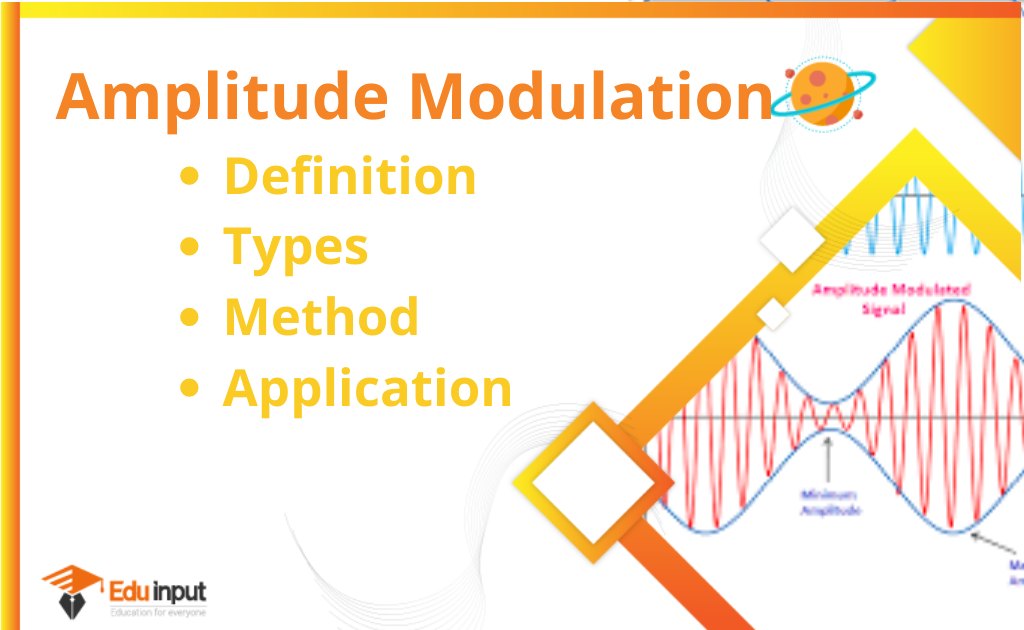What are Radio Waves?-Definition, Generation, And Polarization
The waves that have the longest wavelength in the spectrum are called radio waves. These electromagnetic waves have a range from 300 GHz to 3 kHz and are a kind of radiation.
What are radio waves?
Radio waves can be received by radio receivers and are usually produced by radio transmitters. There are different characteristics of propagation in the Earth’s atmosphere with different frequencies of radio waves.
The long waves are diffracted around obstacles and follow the outline whereas the short waves reflect the ionosphere and get back over the horizon of sky waves. The propagation distance of both waves is limited to the visual horizon as short wavelength waves bend or diffract little and travel in a line of sight.
Generation of radio Waves
Radio waves can be picked up by charged particles when they are accelerated. Natural sources of radio waves include radio noise produced by lightning and other natural processes in the Earth’s atmosphere, as well as astronomy radio sources in space. As part of their black body radiation, all warm objects transmit high frequencies of radio waves.
Radio waves are produced artificially by time-varying electric currents, consisting of electrons flowing back and forth in a specially-shaped metal conductor called the antenna. An electronic device called a radio transmitter applies an electric current to the antenna, and the antenna emits power as radio waves.
There is an antenna attached to a radio receiver that receives radio waves. When radio waves hit the receiving antenna, they push the electrons in the metal back and forth, creating tiny oscillating currents which are detected by the receiver.
Polarization of Radio Waves
Like other waves, a radio wave has a property called polarization, which is defined as the direction of the wave’s electric field in relation to the direction of motion. A plane has an electric field that changes with the direction of the plane.
The electric field is reflected in a horizontal direction in a horizontally polarized radio wave. The wave has an electric field in one direction and the other in the other. The electric field at any point in the wave rotates about the direction of travel, once per cycle.
A right circularly polarized wave rotates in a right-hand sense about the direction of travel, while a left circularly polarized wave rotates in the opposite sense. The wave’s magnetic field is related to the electric field, and the electric and magnetic field is oriented in a right-hand sense with respect to the direction of radiation.
The direction of the metal antenna elements determines the direction in which the radio waves are generated. A dipole antenna consists of two col linear metal rods. The rods can be horizontal or vertical, and the radio waves can be horizontally or vertically polarized.
If the antenna that is receiving the radio waves is not the same as the one that is sending it, it will suffer a severe loss of reception. Many natural sources of radio waves, such as the sun, stars, and blackbody radiation from warm objects emit unpolarized waves, consisting of incoherent short wave trains in an equal mixture of polarization states.
Radio communication
A radio antenna picks up many radio signals and a radio tuner is required to tune in to a particular signal. This can be accomplished with the help of a resonator, an inductor, a circuit with a Capacitor, or a crystal oscillator. It is possible to amplify sine waves at radio frequencies and avoid other sine waves with the correct configuration of the resonator.
The biological effect of radio waves
Non-ionizing radiation, also known as radio waves, means that they don’t have enough energy to separate electrons from atoms or break chemical bonds, which can cause chemical reactions or DNA damage.
The main effect of the absorption of radio waves by materials is to heat them, similar to the effect of the heat from sources of heat such as a space heater or wood fire.
This is how a microwave oven cooks food because the electric field of the wave causes the polar molecule to vibrate back and forth, increasing the temperature.
Radio waves are able to penetrate the surface and deposit their energy inside the materials and tissues of body unlike IR waves, which are mainly absorbed in the surface of objects and cause surface heating.







Leave a Reply